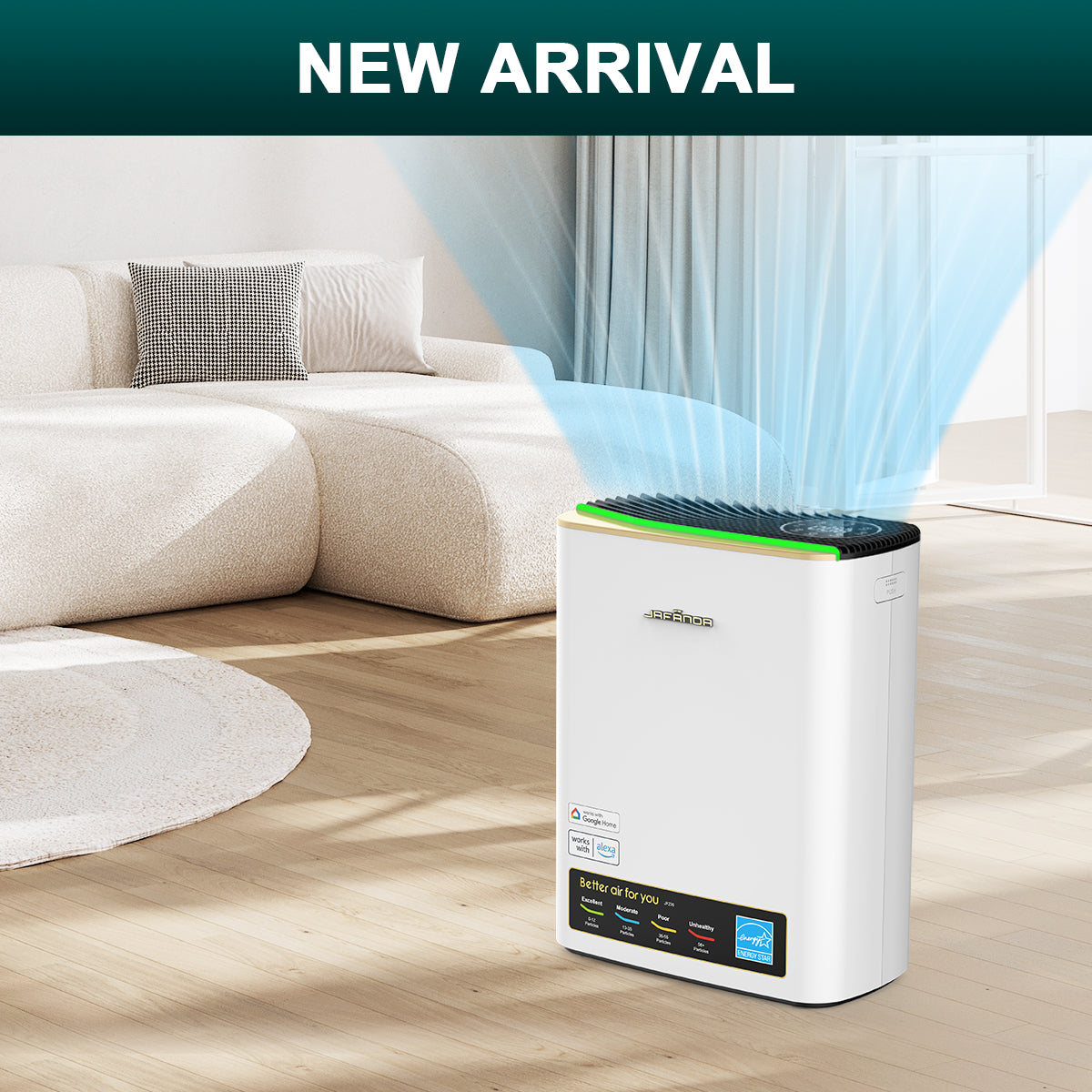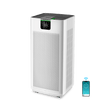Introduction

For many, home is a haven. But for individuals with compromised immune systems, the air within their own walls can harbor hidden dangers. Indoor air pollution poses a significant threat to these vulnerable individuals, making vigilant awareness of potential sources crucial to maintaining their health. This article delves into eight common indoor air pollutants that warrant special attention for immunocompromised individuals, providing actionable insights on how to minimize their harmful effects.
The Invisible Arsenal: 8 Indoor Air Pollution Sources
- Secondhand Smoke and Thirdhand Smoke: Tobacco smoke, both direct and lingering, unleashes a toxic cocktail of chemicals that can wreak havoc on weakened immune systems. Immunocompromised individuals should avoid smoky environments altogether and prioritize smoke-free homes.
- Volatile Organic Compounds (VOCs): Lurking in furniture, paints, cleaning products, and building materials, VOCs irritate the respiratory tract and negatively impact overall health. Opt for low-VOC alternatives and minimize the use of harmful products to keep VOC levels in check.
- Formaldehyde: This noxious gas emanates from new furniture, plywood, and carpets, posing a respiratory threat to immunocompromised individuals. Choose eco-friendly materials, ensure proper ventilation, and consider air purifiers to combat formaldehyde.
- Bacteria and Viruses: Airborne pathogens pose a heightened risk for individuals with weakened defenses. Regular cleaning, disinfection, and proper ventilation are key to controlling bacterial and viral populations within the home.
- Indoor Mold: Damp environments become breeding grounds for mold, releasing harmful spores and irritants that can trigger respiratory issues and weaken the immune system. Address water leaks promptly, maintain dryness, and clean damp areas regularly to prevent mold growth.
- Indoor Dust: A seemingly innocuous enemy, dust harbors particles like bacteria, viruses, and pollen, leading to respiratory distress and allergic reactions. Frequent cleaning, HEPA-filtered vacuuming, and air purifiers can significantly reduce dust concentration.
- Household Chemicals: Cleaning agents and disinfectants often contain harsh chemicals that can irritate and harm immunocompromised individuals. Explore naturally-derived alternatives or choose low-irritant, eco-friendly products whenever possible.
- Household Pets: Our furry companions, while beloved, can contribute to indoor air pollution through dander and fur shedding, potentially triggering allergies. Regular grooming, baths, and maintaining a clean pet environment can help minimize airborne allergens.
Conclusion
Maintaining good indoor air quality is vital for everyone, but for immunocompromised individuals, it becomes a matter of health and well-being. By being mindful of these eight common pollutants, implementing appropriate mitigation strategies like air purifiers and ventilation, and diligently practicing good hygiene, individuals with compromised immune systems can create a safer, healthier haven within their own homes. Remember, vigilance and seeking personalized medical advice are key to effectively combating the silent threat of indoor air pollution.











Leave a comment
All comments are moderated before being published.
This site is protected by hCaptcha and the hCaptcha Privacy Policy and Terms of Service apply.